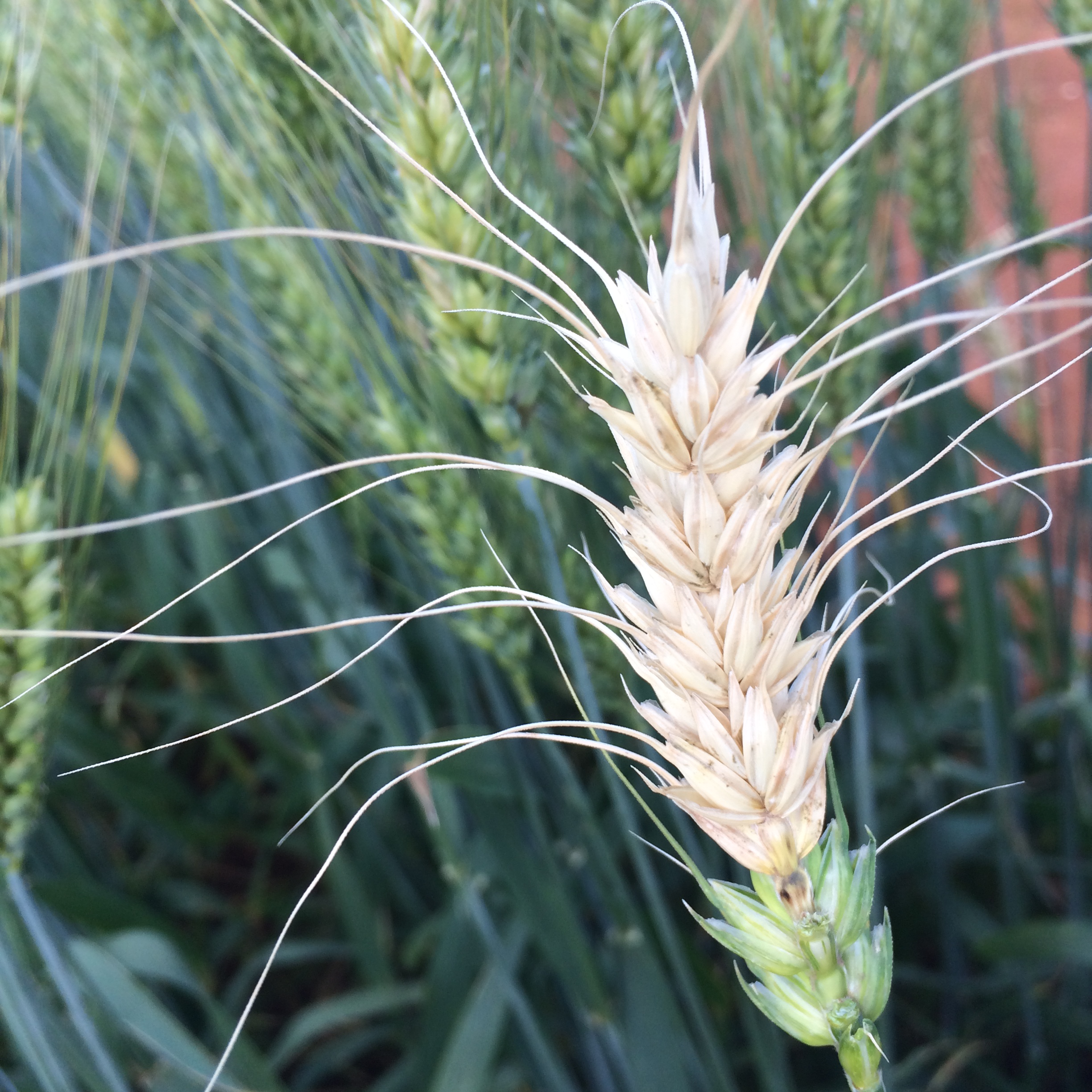Brazil gathers world experts to fight wheat diseases
Brazil gathers world experts to fight wheat diseases
The main answers from the scientific community will be presented during the 5th International Symposium on Fusarium Head Blight and the 2nd International Workshop on Wheat Blast, which will take place from April 6 to 10, in Florianópolis, SC.
World wheat cropping has been facing difficulties in disease control, which affects the profitability from the agricultural product and compromises national economies. Among the wheat diseases that are of difficult control, fusarium head blight (FHB) and wheat blast are especially relevant. In search of solutions, Brazil is going to simultaneously host two events congregating the world's top knowledge and research on FHB and blast. The call for abstracts is open until February 26.
Fusarium head blight and wheat blast are diseases caused by fungi that attack winter cereal ears when high temperatures and frequent rains occur at the time the ears are being formed. The importance of these diseases lies in the fungi's aggressiveness associated with wheat cultivars' high level of susceptibility. Moreover, the chemical control of these diseases is considered to be very little effective and economically unfeasible under severe attacks.
For the Embrapa Wheat researcher José Maurício Fernandes, "the success of wheat cropping in Brazil relies on solving the problems caused by FHB and blast. For that purpose, major efforts from the scientific community and investments in research and development are needed to generate robust solutions to these problems that afflict wheat cultivation in our country". He emphasizes the importance of the events: "for the first time in history, two events that gather what is best in the world in terms of knowledge and research on FHB and wheat blast happen simultaneously in Brazil".
Fusarium head blight
FHB is the disease that causes most concern in world wheat production. The complex of fungal species associated with the disease produces mycotoxins that make the grains unsuitable for human or animal consumption. For the last few decades, frequent epidemics have attracted the attention of farmers and researchers from all over the world.
In China and Japan, there are reports of up to 50% losses due to wheat FHB, while in Argentina an estimated 30% of production has been lost. In India, in 1996, losses from FHB are estimated at between 11% and 20%. In many countries like Mexico, Paraguay, Australia, and others, there have also been reports of wheat losses caused by FHB. In the United States, in North Dakota alone, between 1993 and 1998, two-billion dollar losses have been estimated.
In Brazil, in spite of the lack of comprehensive surveys, FHB is deemed to be one of the most important diseases for the last two decades, causing losses especially concerning the quality of the wheat harvested during the two last cropping seasons in Southern Brazilian states (Rio Grande do Sul, Santa Catarina and Paraná). Currently there are no effective control measures against FHB, which constitutes a challenge for world research.
Wheat blast
Wheat blast is considered the most recent disease of economic importance detected in wheat. The fungus attacks the rachis of the ear, producing deformed, underweight grains that entail yield losses. Restricted to South American crop areas, the disease is currently found and has been reaching epidemic levels in Brazilian, Bolivian, Paraguayan and Northeastern Argentinean wheat fields. The fungus that causes blast is spread through the wind, it can attack over 50 grass species and survive in the remains of crops, seeds, and volunteer plants. In Brazil, blast is more significant in tropical regions like Northern Paraná, São Paulo, Minas Gerais, Mato Grosso do Sul, Goiás, and Distrito Federal. The last blast epidemic in Brazil was observed in 2012, when more than 40% damages compromised wheat crop areas in Northern Paraná, Mato Grosso do Sul, and South of São Paulo.
5th International Symposium on Fusarium Head Blight (5th ISFHB)
The first edition of the Symposium was held in Suzhou, China, in 2000. Since then, the event has occurred every four years. The second, third, and fourth editions took place in Orlando, USA (2004), in Szeged, Hungary (2008), and in Nanjing, China (2012), respectively. As part of such permanent effort, the next edition of the symposium will be in Florianópolis, SC, Brazil, gathering scientist to jointly discuss ongoing research and explore inter-institutional cooperation.
2nd International Workshop on Wheat Blast (2nd IWWB)
The first International Workshop on Wheat Blast was held in Brazil, at Embrapa Wheat, RS, in 2010, followed by a field trip to Brasília, DF, with the participation of representatives from 11 countries. The similarities between the control strategies used for FHB and for blast was determinative for the decision to combine both events, which will happen simultaneously from April 6 to April 10, 2016, in Florianópolis, SC.
Service
What: 5th International Symposium on Fusarium Head Blight (5th ISFHB) and 2nd International Workshop on Wheat Blast (2nd IWWB)
When: April 6 - 10, 2016
Where: Costão do Santinho, Florianópolis, SC – Brazil
Organizers: Embrapa Wheat, University of Passo Fundo, Kansas State University, and the International Maize and Wheat Improvement Center.
Information: http://scabandblastofwheat2016.org
Translation
Mariana de Lima Medeiros
Joseani M. Antunes (9693/RS)
Embrapa Wheat
Press inquiries
trigo.imprensa@embrapa.br
Phone number: 5433165860
Further information on the topic
Citizen Attention Service (SAC)
www.embrapa.br/contact-us/sac/

